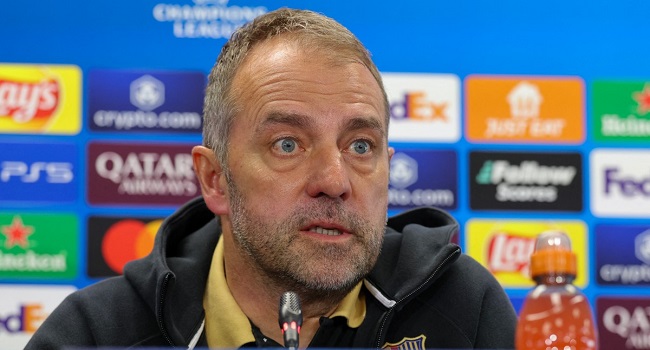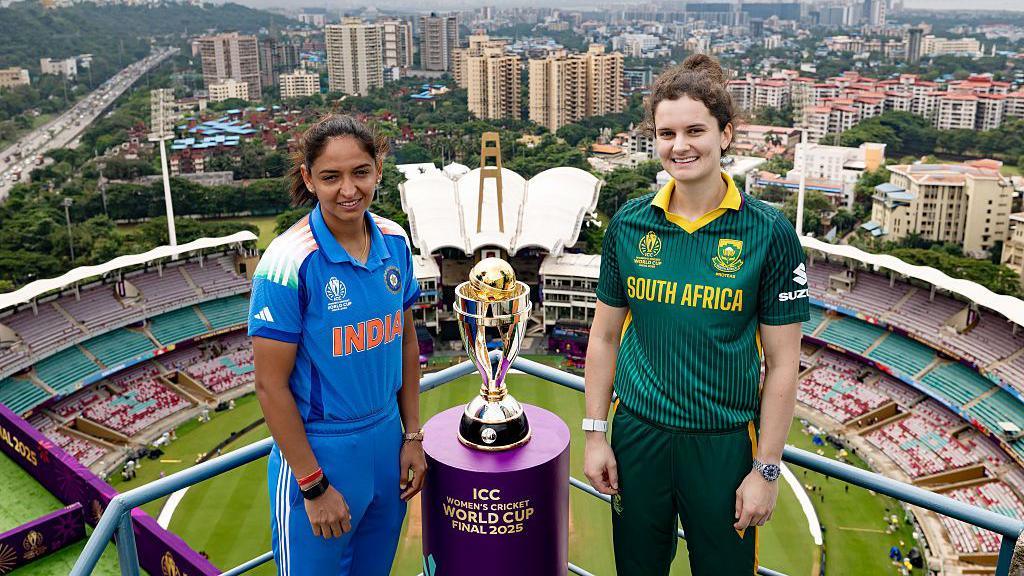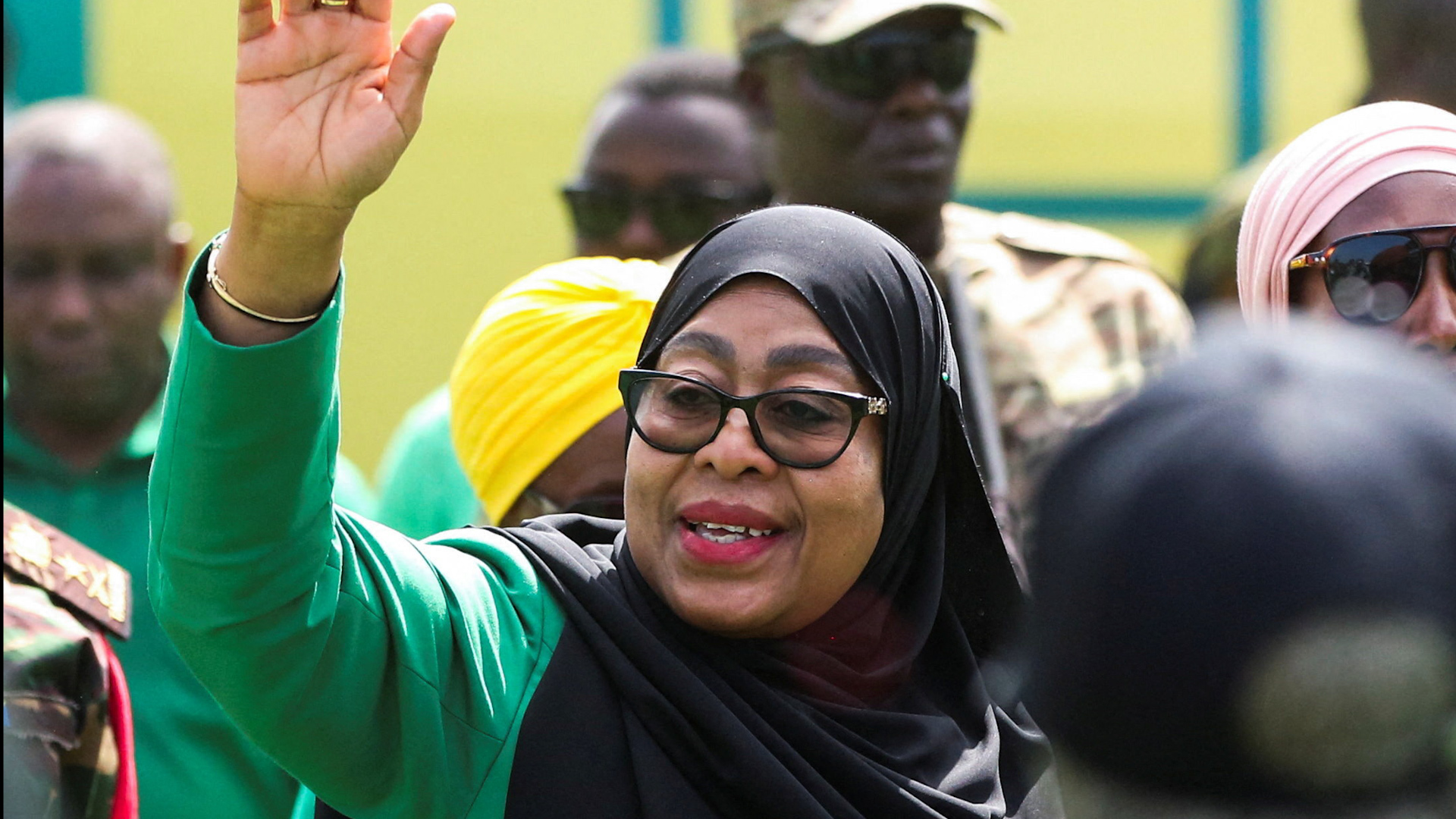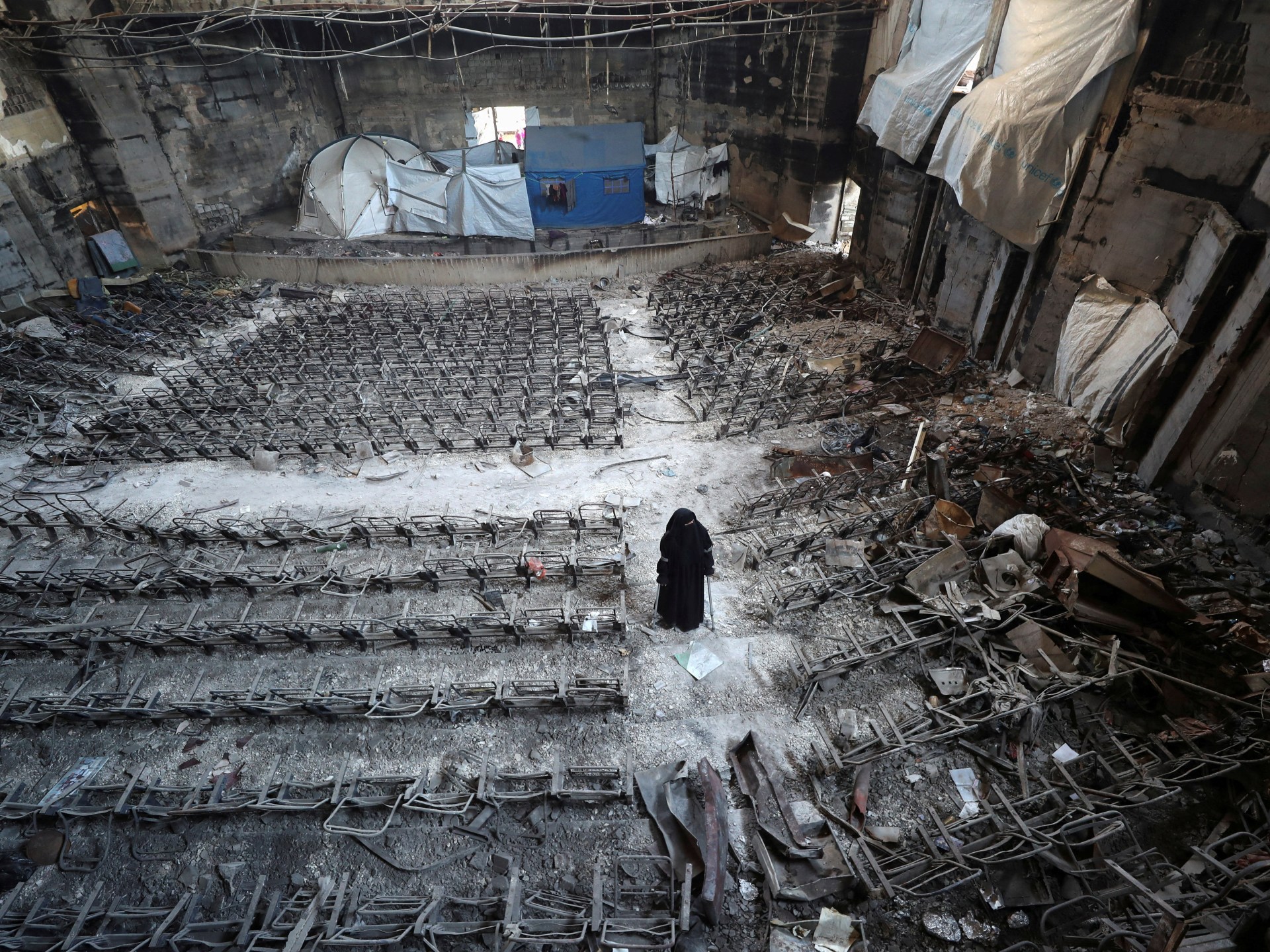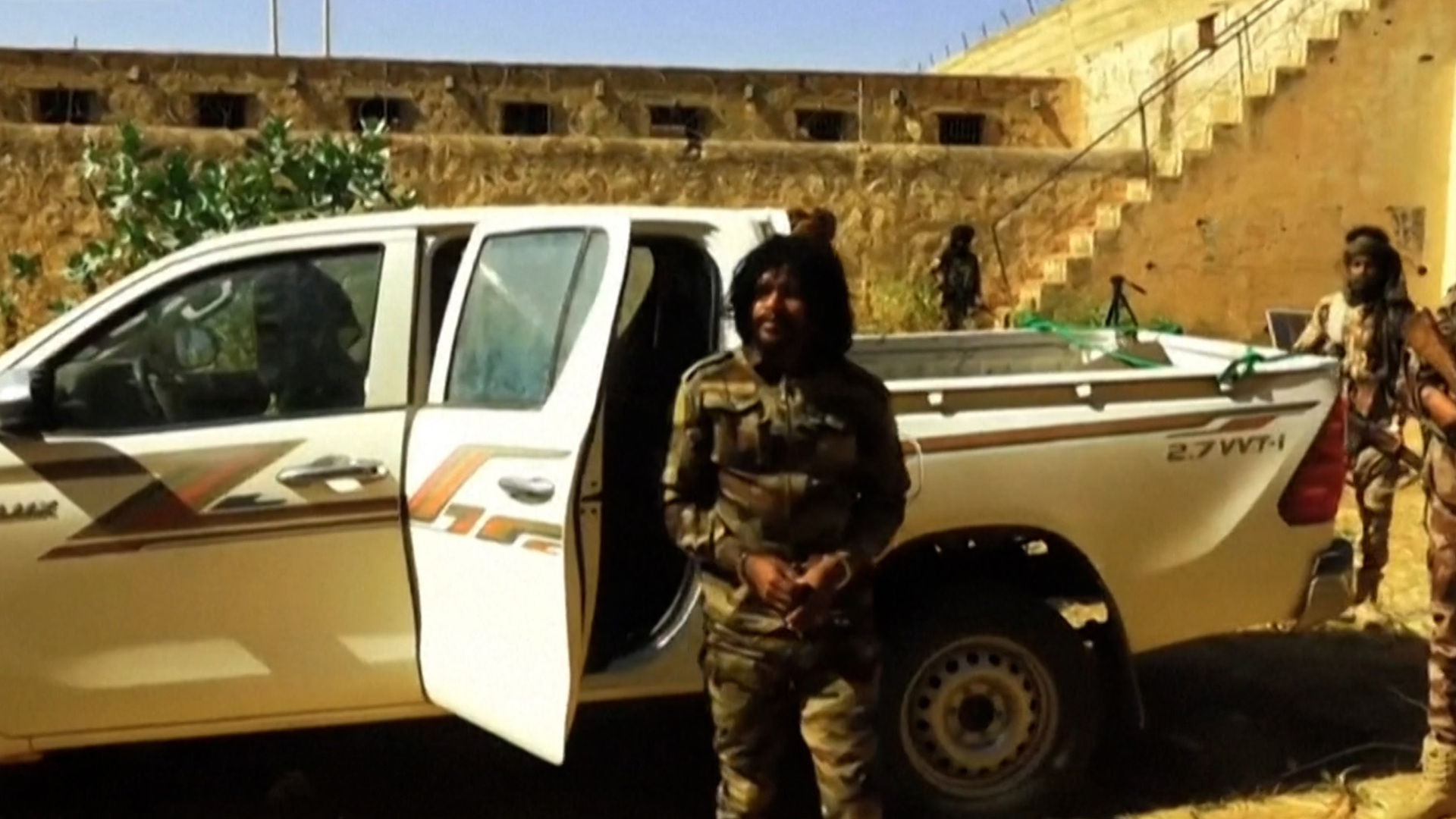Two weeks ago, world leaders in Sharm el-Sheikh declared once more that the Middle East had found peace. The Palestinians, the people who must live in peace, were excluded, as with previous declarations of this nature.
The world is occupied with finding the bodies of its dead captives while Israel holds the fragile ceasefire hostage right now. There is no mention of the Palestinians’ right to search for and honor their own dead and express their grief in public.
The residents of Gaza are enthralled by the idea of reconstruction. Those who demand it from abroad seem to only consider pouring concrete, rehabilitating infrastructure, and clearing rubble. No mention is made of rebuilding people, restoring their institutions, standing, and sense of belonging.
Palestinians require this, of course. The real reconstruction of Gaza needs to focus on the people there, not the reconstruction of classrooms and learning. Young people who have endured the unthinkable and still dare to dream must be the first to do so. No rebuilding effort can be sustained without them, especially without Palestinian educators and students at the center.
No exclusion for reconstruction
Palestinians who have been the most affected by the genocide are not included in the current plans for governance and reconstruction of Gaza. Many of these plans are meant to control rather than empower, with the intention of installing new supervisors rather than developing local leadership. They place Israel’s security preceding the rights of the Palestinians over their own security.
In the Palestinian context, we have seen dependency, frustration, and despair as a result of this exclusion. We have seen the crucial role education plays in Palestinian society as scholars who have spent years working alongside Palestinian academics and students.
We think that education, including higher education, must be the first step in the reconstruction process. Additionally, the Palestinians themselves must be in charge of that process. Palestinian educators, students, and academics have already shown that they have the will to endure and rebuild.
For instance, Gaza’s universities served as resilience models. Professors and scholars continued to teach and research in makeshift shelters, tents, and public squares despite their campuses being torn to the ground, supporting international partnerships and serving young people who are most important to society.
Universities in Gaza serve as sanctuaries of thought, compassion, solidarity, and continuity, the fragile infrastructure of imagination.
Who will provide training for the doctors, nurses, educators, architects, lawyers, and engineers that Gaza needs? Who will provide the foundations of any functioning society, which are safe spaces for dialogue, reflection, and decision-making?
Without strong educational and cultural institutions that restore confidence, restore dignity, and sustain hope, there can be no hope for the Palestinians.
Not paternalism, but solidarity, not paternalism
Something extraordinary has occurred over the past two years. Campuses of universities all over the world have become a source of moral awakening, from the United States to South Africa to Europe to Latin America. Students and professors have joined forces to demand justice and accountability for the genocide in Gaza. Our perceptions of universities as crucibles of conscience have been brought up in their sit-ins, vigils, and camps.
This global uprising in education served as a reaffirmation of what scholarship is all about rather than just symbolic. When students take disciplinary action to defend their lives and dignity, they serve as reminders that knowledge that is alien to human nature is pointless.
The level of engagement and the reconstruction of Gaza’s universities must be based on the solidarity they have shown.
Universities around the world must listen, work together, and commit to a long-term commitment. They can collaborate with Gaza’s institutions, exchange knowledge, fund research, and aid in the reconstruction of a society’s intellectual infrastructure. Small steps like mentorships, joint projects, remote teaching, and open digital resources have the power to change the world.
What can be achieved by sustained cooperation include initiatives like those of Friends of Palestinian Universities (formally Fobzu), the University of Glasgow and HBKU’s summits, and the Qatar Foundation’s Education Above All. The need for a sense of solidarity must now be heightened, with Palestinian leaders acting on their advice and respect for one another.
The international academic community is morally obligated to support Gaza, but it is necessary to avoid paternalism. Reconstruction should be a justice-based act rather than a charitable gesture.
A blueprint from the West or a template from a consultant are not necessary for the Palestinian higher education sector. Partnerships that listen and act, and build capacity in Palestinian terms are necessary. Long-term relationships are necessary for it.
Life-saving research
Reconstruction is moral as well as technical. From within Gaza itself, shaping a new political ecology should emerge, using actual experiences rather than imported models. Only one way out of the perpetual cycles of destruction can be through the slow, generational work of education.
Scientific, medical, and legal ingenuity is required for the challenges ahead. For instance, asbestos from destroyed buildings is now a source of contamination in Gaza’s air, putting an end to the lung cancer epidemic. Simply put, that risk calls for urgent research collaboration and knowledge sharing. The lifeblood of scholarly activity requires time to reflect and consider, as well as conferences, meetings, and scholarship exchanges.
Then there is the chaos of inheritance and property ownership in a region that has been the site of a genocidal army’s bulldozing. To address this crisis, restore ownership, resolve disputes, and ensure the preservation of documents for future justice, lawyers and social scientists will be required.
Additionally, the Palestinian people are the victims of numerous war crimes. People will be guided by forensic archaeologists, linguists, psychologists, journalists, and forensic anthropologists to understand grief, preserve memory, and express loss in their own words.
Every discipline has a role to play. They are connected through education, which transforms knowledge into hope and survival into hope.
preserving memory
Gaza must also have room to mourn and preserve memories as it recovers from the genocide, because truth without truth is lost. Without grief or loss of name, there can’t be reconciliation.
Every destroyed house, every abandoned family, and every lost family should be preserved as a part of Gaza’s history, not just in the name of convenience. New medical approaches will unavoidably emerge from this challenging process. Justice is based on the principles of memory.
Through the formation of sorrow and the formation of the soil from which resilience springs, education can also help in this area through literature, art, history, and faith. The more-than-human-world can also be healed through education, and only then will we have, in the words of the Palestinian poet Mahmoud Darwish, “all that makes life worth living” once more.
Cranes and engineers will of course be needed to rebuild Gaza. More importantly, it will call for competent teachers, students, and academics with both academic and practical knowledge. Instead of using cement mixers, curiosity, compassion, and courage to bring about peace.
The universities of Gaza are still alive despite the rubble, the ashlaa, the strewn body parts of the staff and students we have lost to violence, and they are also alive today. They are the ones who preserve its memory and determine its future, providing evidence that education is the first step toward lasting peace and that learning itself is a form of resistance.


